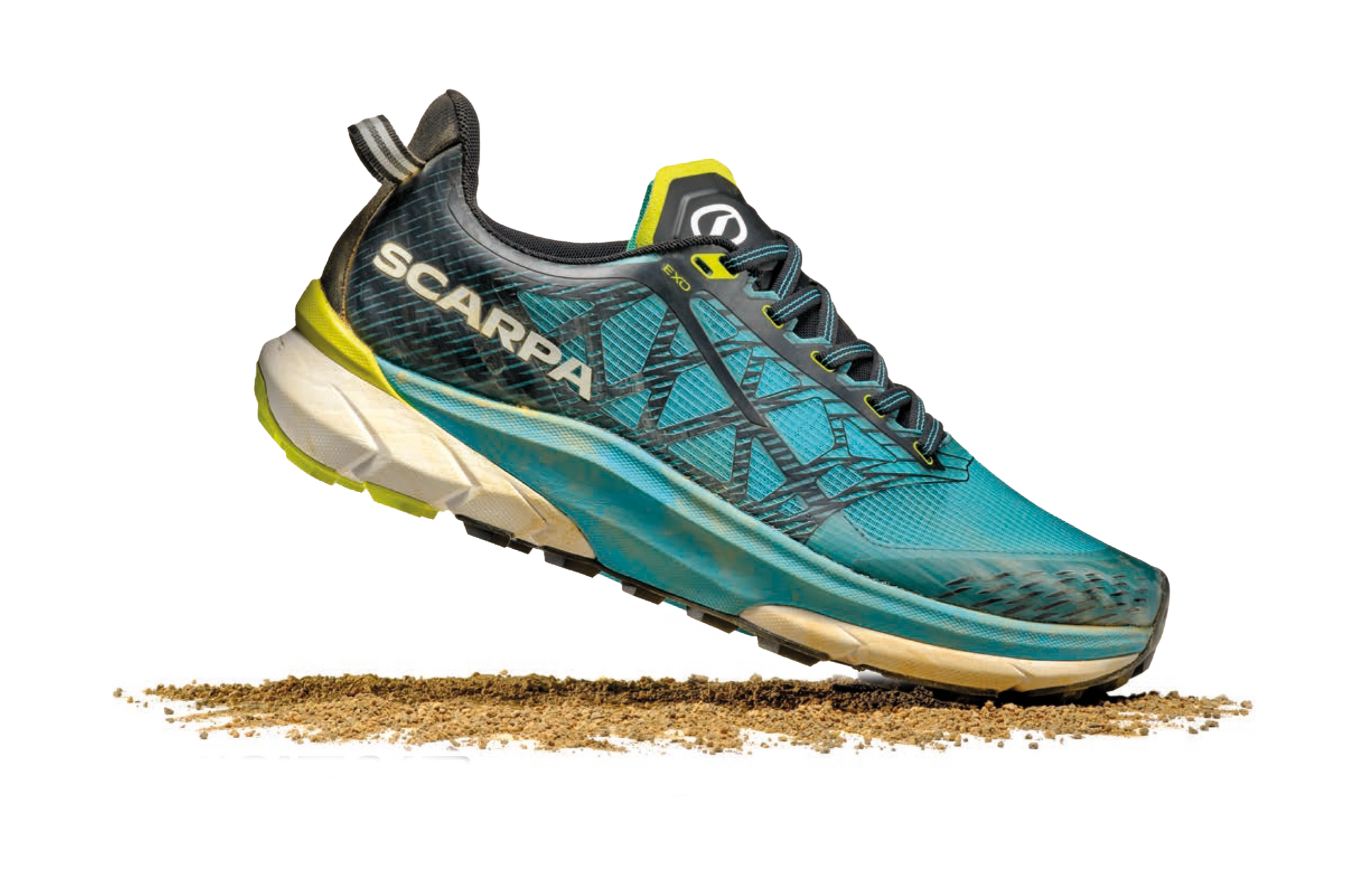Attention beginner climbers! Confused about the world of climbing shoes? Wondering how to choose the right climbing shoes?
We’ve put together a blog on everything you need to consider when buying your first or next pair of climbing shoes!
How do you climb and what do you need to climb?
Nowadays, indoor climbing is the most common version, taking place in the large gyms that are being launched in all the big cities and beyond. Indoor practice is very similar to training in the gym, where you exercise both to stay fit and to achieve important vertical goals.
When practising outdoors, climbing involves various skills, from bouldering to multi-pitch routes in an alpine environment. Depending on the method you choose, you will always need your own climbing kit; to get started in the gym, comfortable clothing, climbing shoes and chalk are sufficient.

What are the benefits of climbing?
Climbing has three main categories of benefits: physical, mental-motivational and social. In order to climb high, you need to involve your whole body, starting from your arms down to your legs, with a lot of work from your core.
Your motor skills, such as balance and coordination, are then continuously stimulated, making climbing a truly complete sport. To succeed in conquering your climbing goals, you then need to involve concentration and resilience, falling and trying the same route several times before you are able to solve it.
This practice helps to develop your mental aptitude and fosters your personal growth. An evening at the gym or a day at the crag are excellent ways to spend time with your friends, having fun and socialising together.
Who can practice climbing?
Climbing is very flexible, meaning that is can be practised by everyone, without limits in age or ability. In fact, it is not uncommon to find climbers starting from a young age, as well as seniors who delight in vertical gymnastics.
Depending on the routes, climbing is also suitable for people with disabilities, who find the sport to be a way to overcome their limits.
How do you choose your climbing shoe?
Your climbing shoes are the most importnat part of your climbing kit and there is lots of choice. What is right for you will depend on everything from your foot shape to the type of climbing you will be doing. Here are a few key things that you need to consider:
- your level: an expert climber has different needs than a novice, who may want to priorities comfort and support.
- your gender: in general men have bigger feet then women – so they will need a shoe with more volume, men also tend to be heavier, so may want a stiffer shoe to provide more support.
- your weight: closely related to the point above, the more your weight increases, the more supportive your shoe will need to be.
- the environment where you are climbing: softer shoes are more suitable for indoor use, while the stiffer ones are better for use outdoors..
What are the differences between soft and stiff climbing shoes?
At the construction level, the development teams combine technologies and materials to create a different response from the shoe.
A softer shoe, which is usually suitable for the gym, is designed to deform and adapt better to large surfaces, losing precision and support on small edges.
A stiffer shoe, however, is super-precise, giving great support to your foot, and guarantees better performance on small edges.
In short, the soft climbing shoe is used when you need to adapt to surfaces (for gym or large overhangs), while the stiffer is for smaller edges (rock or more vertical walls).
What is the difference between men’s and women’s climbing shoes?
With the same model, the male or female versions of the climbing shoe differ mainly in their size. Those for women are normally narrower and have less volume.
Of course men can ware women’s models and visa versa – find what best suits your feet and your climbing.
Should you go down a size for your climbing shoe?
Compared with a few years ago, the advice now is to choose a size which your foot is comfortable in, especially for beginner climbers. As your level becomes higher, a tighter climbing shoe will be more precise.

Do you wear socks in your climbing shoe?
Normally, climbing shoes should be worn without socks, in order to guarantee the best possible sensitivity. For beginners or for those who climb a lot indoors, it is possible to use socks to improve the hygiene and better preserve your shoe.
Once you have chosen your climbing shoe, you need to take care of it properly to make it last and improve performance. Once the sole is worn out, you can get it resoled.
Need more help and advise on picking the right pair of climbing shoes? Get in touch on Facebook or Instagram!



